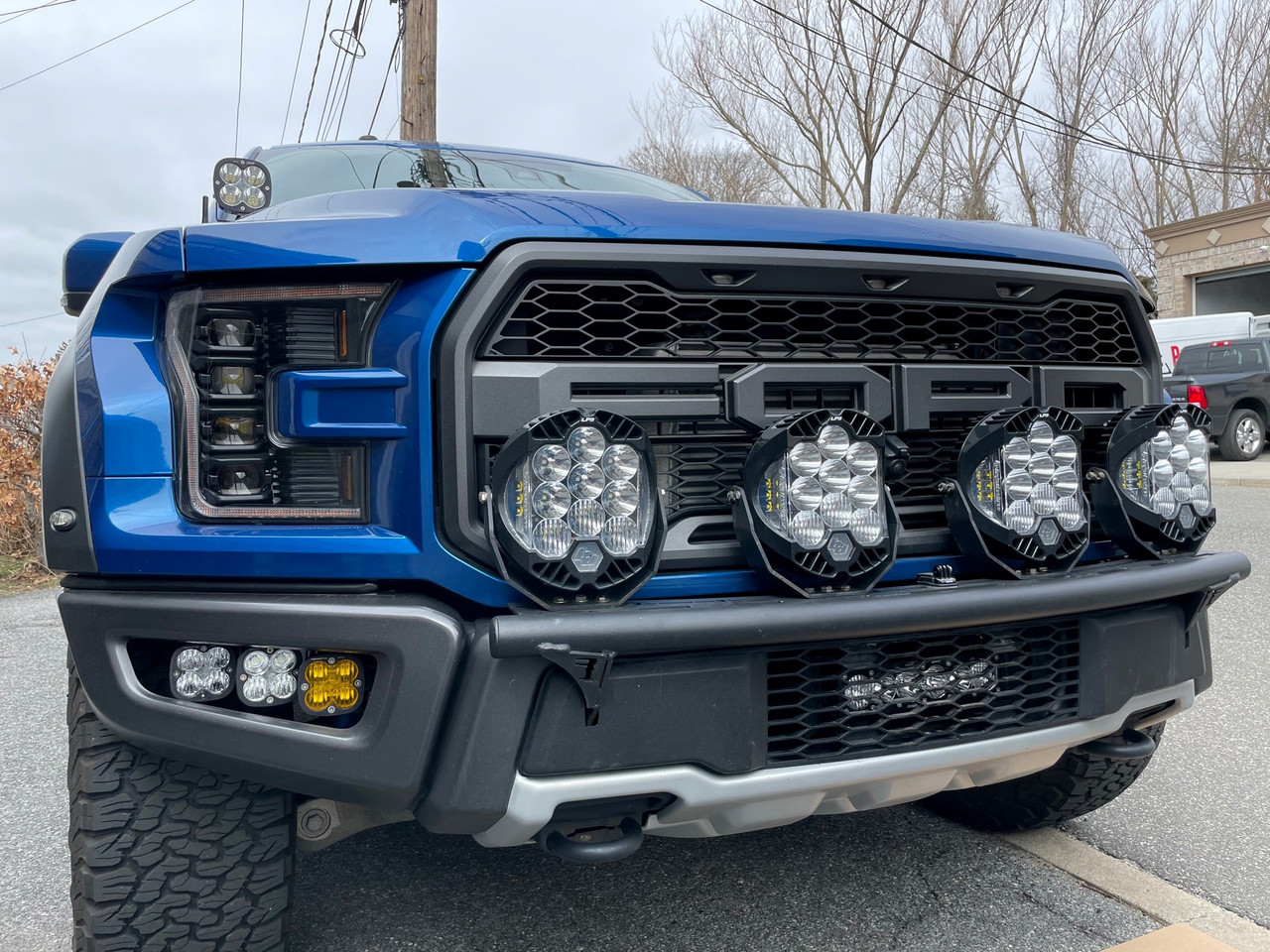

KIY RAPTOR PARA F150 2002 FREE
Scale in Metric System : DU = millimetresĬost : FREE Autocad block : pick-up Ford F150 SVT Raptor top view in top or plan viewĭescription for this Autocad block : ford, f-150, truck, raptor, svt, car, svt raptor, auto, automotive, automaker, pickup, f150, vehicle, automobile, cargo, motor, carrier, transportation,Ford F 150,pick up ford f150Ĭategories for this AutoCAD block : Cars in Vehicles On every truck that we've ripped the factory intercooler off of, we've had at least some oil spill out, and the only real solution is capturing oil blow-by before it hits the intercooler at all.Library : Lib 21 - Pick-up Ford F150 pickup truck tw The only real solution is adding a catch can to your F150, preferably a dual-valve or dual-can setup that captures from both PCV ports. That all being said, an intercooler does not solve the root cause of shuddering problems, which is the PCV system allowing blow-by through in the first place. As to whether an intercooler helps eliminate the problem, and short answer is "Yes.but also no." Yes, an aftermarket intercooler can help with condensation/water-ingestion issues by giving you a perfectly dry intercooler all over again, and dual-pass intercoolers tend to suck in less pooled liquid than standard OEM single-pass intercooler. If you've never heard of "EcoBoost Shudder", it's caused by the engine sucking in a combination of blow-by oil and condensation that pools in the intercooler since it's the lowest point of the intake system and is a natural condenser due to its design. So while you likely won't see the peak power gains as a single-pass design, a dual-pass holds more power higher into the rev range which makes it ideal for towing applications.ĭoes an intercooler help with water ingestion?ĮcoBoost water ingestion problems are well-known. While this does increase travel time and distance of charge air, a dual-pass intercooler does provide more heat dissipation, which leads to cooler IATs. Dual-Pass intercoolers force charge air to pass through the core twice in a snake-like pattern. Single-pass designs usually have better peak power than dual-pass designs, but don't cool charge air as well which means you get a power drop-off earlier in the rev range. Single-pass intercoolers have cores where charge air only passes through them once, which the principle idea being to get charge air through the intercooler as fast as possible to avoid a pressure drop by having less travel time for charge air. On top of the two basic intercooler core designs, there's two internal designs for intercoolers that you'll see in the aftermarket: single-pass and dual-pass.

Still, if you're going for power above all other considerations, then bar-plate is the way to go. While more efficient, bar-plate intercoolers are heavier and block more airflow to other components. Bar-Plate feature fairly thick aluminum cross-bars built into the core, which act as heat sinks on their own which improves overall cooling over typical tube-fin designs. Bar-Plate designs are much more common in aftermarket intercoolers. The downside is that they aren't as thermally efficient as bar-plate intercoolers, and aren't the greatest for outright performance. The primary advantages of tube-fin intercoolers is that they're light, generally less expensive, and allow more airflow to go through the intercooler and to radiators and other air-cooled components. The factory intercooler features a tube-fin design, and a couple of aftermarket intercoolers use tube-fin designs. Tube-fin intercoolers feature extruded tubes with fins pressed in and radiate heat into slipstream air running through the intercooler. There's essentially two different intercooler designs available: tube-fin and bar-plate.


 0 kommentar(er)
0 kommentar(er)
